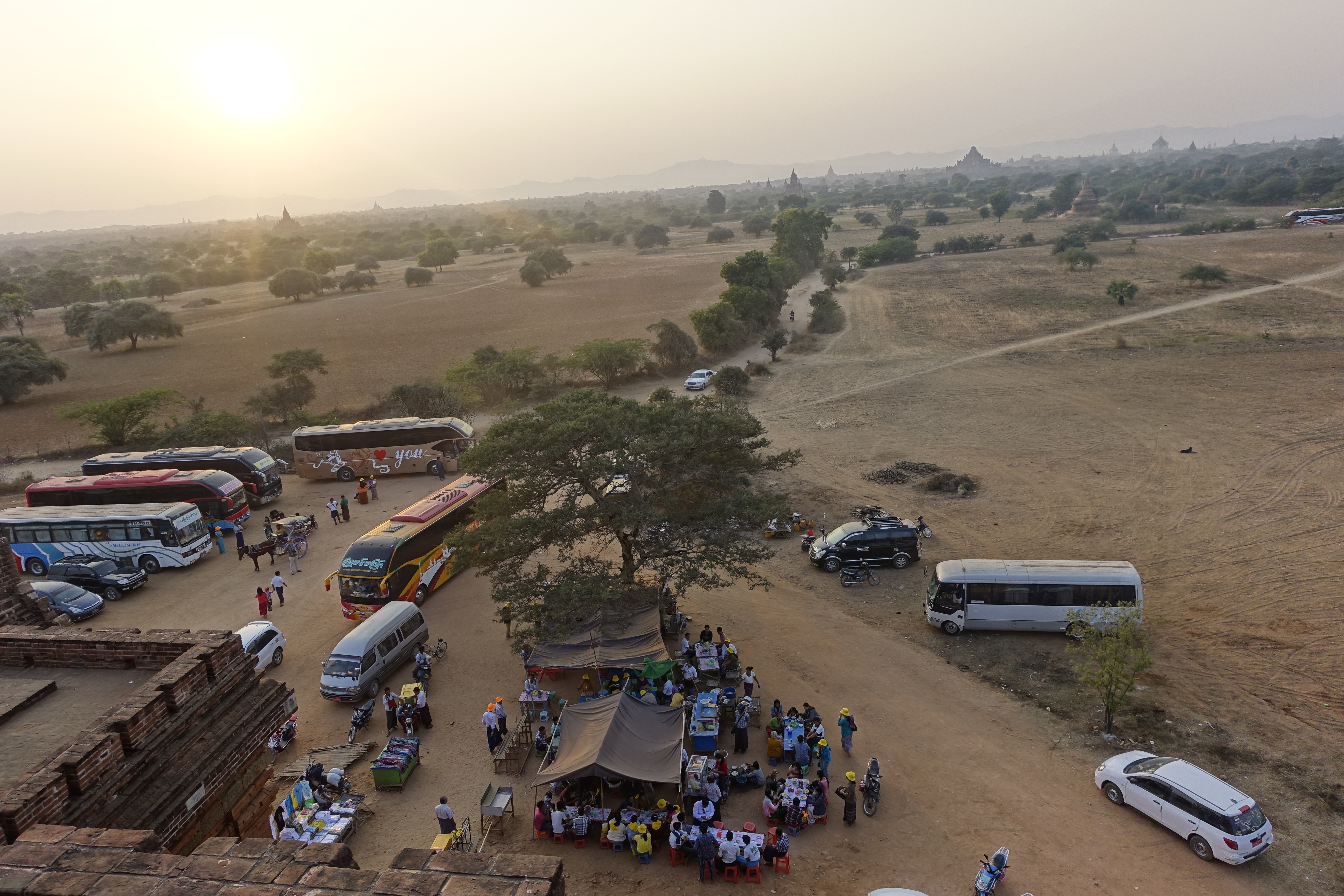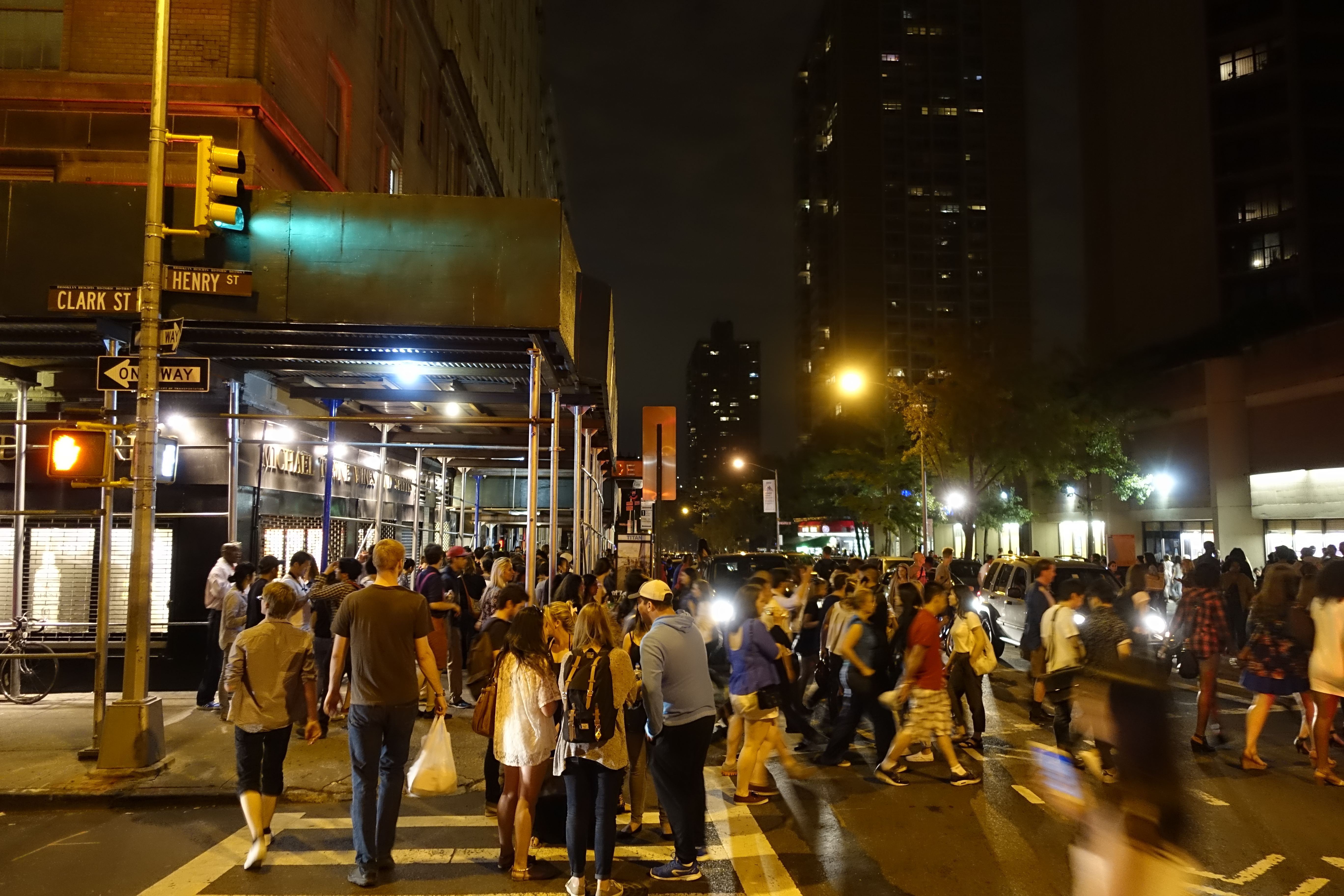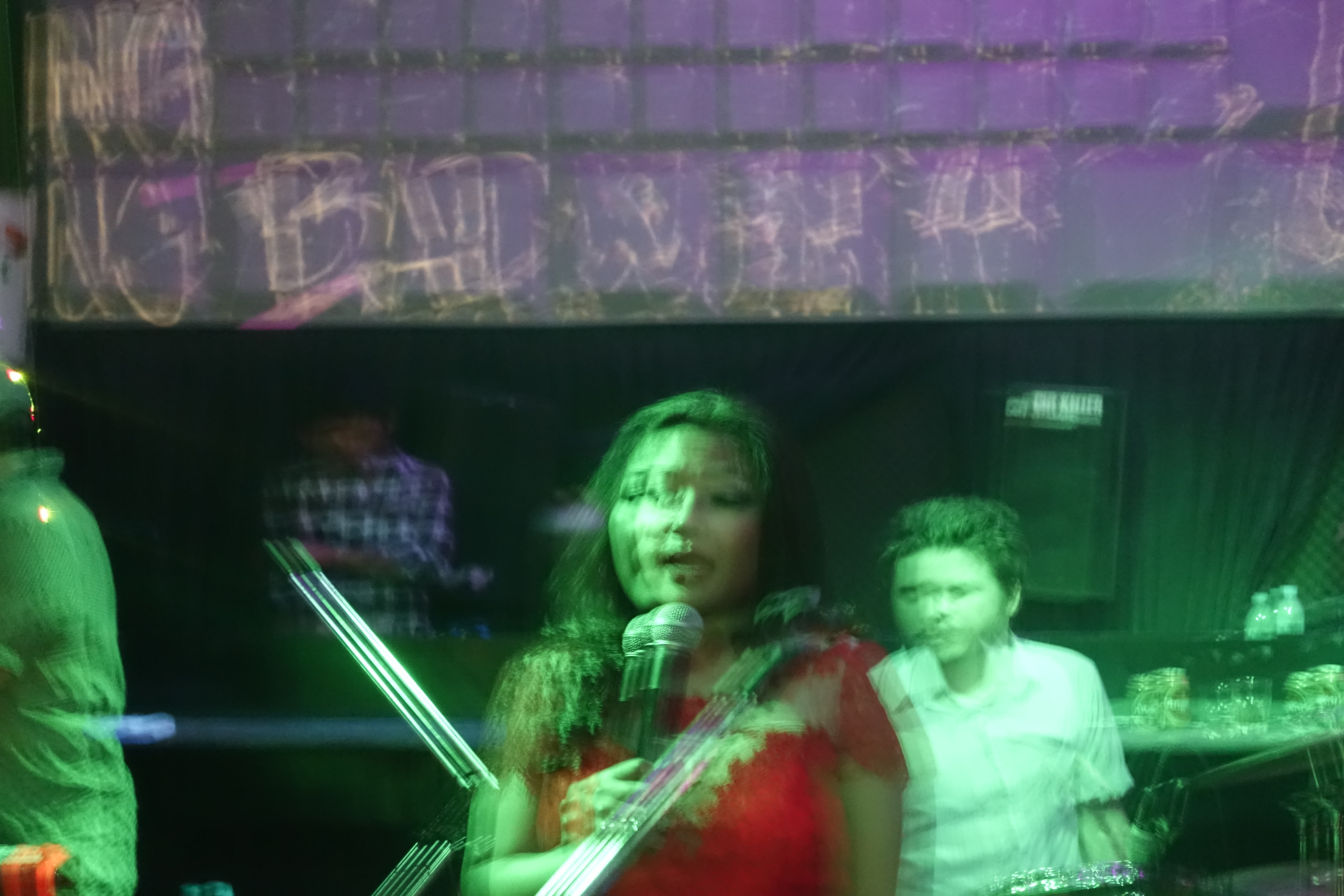Sapa, Vietnam
I realize that it has been ages since I last gave an update, so here it is.
Laos and Vietnam
After Cambodia, I spent a few weeks traveling around the north of Laos: Luang Prabang, trekking in Luang Namtha, a trip down the Nam Ou River from Muang Khua to Muang Ngoi to Nong Khiaw, back to Luang Prabang, out to the Plain of Jars, down to Vang Vieng, and finally through the capital, Vientiane. I will (I hope) have more details to provide eventually.
From Vientiane, at the end of March, I came to Hanoi, where I gave a lecture on how Jewish people raise their children, in between visits to Halong Bay, Ninh Binh, and now Sapa. I head back to Hanoi this afternoon.
Thailand
Then it’s on to a weekend at the beach in Hua Hin, Thailand, a couple of days in Bangkok, and then up to Khon Kaen from April 13 to 16 to enjoy Songkran, the Thai new year festival. After that, I’ll have a couple more days in Bangkok, then head south to Phuket — I’m already booked for the Passover seder at the local Chabad on April 22 — and Krabi, and maybe some other beaches too.
Singapore and Indonesia
When I finish up with South Thailand, I’ll pop in to Singapore for a few days, probably around the end of April. From Singapore, I’ll fly to Bali and begin a month in Indonesia. You cannot possibly see all of Indonesia in a month (or ever, really), but I intend to spend a week or two in Bali and Lombok, beginning with the cultural heart of the island in Ubud. When I wrap that up, I want to visit Jogjakarta and some of the historical sites around it, and if there’s time, I’d like to visit Kalamantan (Borneo) as well. Jakarta I can skip, or so everyone tells me.
America
I’ll probably circle back to Bangkok to catch a flight to the US, probably Los Angeles. From there, it’s a quick hop to Phoenix on a local flight, but I might spend a couple days in LA and environs, if anyone wants to put me up and can accept my jet lag. I’m expecting that to happen around June 7, more or less.
I’ll be in Phoenix probably through June, and would like to visit NYC in July. Anyone have a place for me to stay?
Korea and (maybe) Japan
And then? Well, school starts on September 6, so I need to get to Korea before then and find a place to live (and furniture, and Internet, and cable, and, and, and … eep!). But I might spend August touring around Korea beyond Seoul, and possibly even Japan. Again, anyone who has a place for me to stay should let me know.




